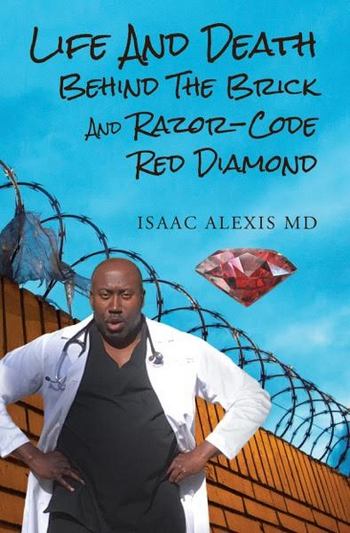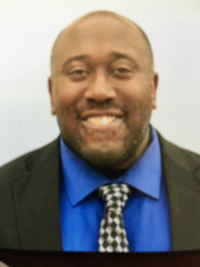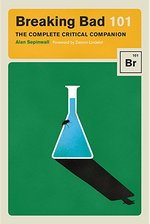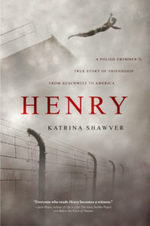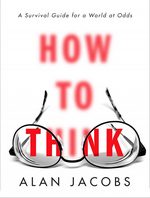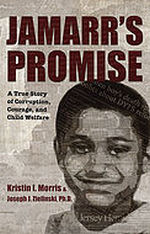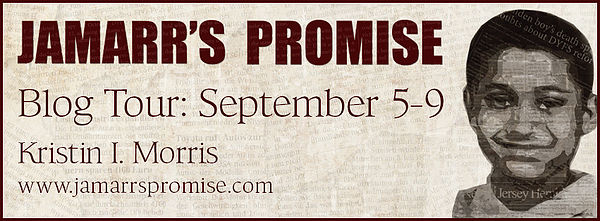
Check back later for my thoughts about this book.
Book Details:
Book Title: Jamarr’s Promise: A True Story of Corruption, Courage, and Child Welfare
Category: Personal Memoir; 160 pages
Genre: Family & Relationships / Abuse / Child Abuse / True Crime / Murder
Publisher: Wisdom House Books
Release date: May 1, 2017
Synopsis
A True Story of Corruption,
Courage, and Child Welfare
Jamarr’s Promise is the shocking personal memoir of social worker Kristin I. Morris’ fight to protect a nine-year-old child, Jamarr Cruz, that ended in his tragic murder and New Jersey’s Division of Youth and Family Services (DYFS)’s denial of its responsibility in the case.
As a caseworker for DYFS, Kristin helped many children and families; it was her life’s passion. Nine-year-old Jamarr was living with his grandparents after his mother’s boyfriend, Vincent Williams, beat him repeatedly. Jamarr told Kristin it was not safe for him to return home. Kristin urgently tried to keep Jamarr safe with his grandparents, but was told by superiors that Latino children are kept in the home at all costs. This time, the cost was Jamarr Cruz’s life. In 2009 after Jamaar’s return to Omayra Cruz and Vincent Williams, Vincent beat Jamarr to death. Not only did Kristin’s superiors at the DYFS block her efforts to help Jamarr, but when he was killed, they blamed Kristin for his death.
Jamarr’s Promise is a call to end corrupt loyalties in New Jersey’s DYFS. It is a call to protect children from Jamarr’s fate and promote child welfare. It is a call for justice for Kristin Morris, who did the right thing and was punished unjustly for it.
The Authors
Kristin I. Morris is an activist who volunteers her time with organizations for women, children and families, including Toys for Tots, She’s Got a Name, and Urban Promise. She has been with her husband Benny since she was nineteen and they have four very active children. She always wanted to help people, by working with the church teaching CCD, pro-life club, soup kitchen, and through charity work.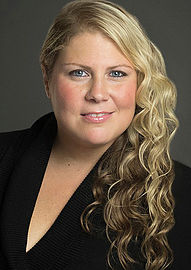
Kristin earned her bachelor’s in Psychology from Rowan University. After school, she began to work as a social worker for the State of New Jersey’s Division of Child Protection and Permanency, formerly Division of Youth and Family Services. As part of the child welfare system, she found herself watching over New Jersey’s most vulnerable citizens: abused children. She was extremely excited and naïve, wanting to save the world. Working in the city of Camden among the people that needed the most help was extremely eye opening, but revealed the corruption of the inner systems of the Division. Jamarr’s Promise is the true story of Kristin’s battle with the State over the murder of a child she tried desperately to save.
Kristin’s dream is to open and run a foster care organization as a safety net for abused children, and to eliminate the politics and hidden agendas of larger organizations.
Joseph J. Zielinski, Ph.D. is a New Jersey licensed psychologist board certified in both Clinical Psychology and Clinical Neuropsychology. He completed his undergraduate in Psychology at the University of Pennsylvania and earned a Ph.D. in Clinical Psychology at Rutgers University, New Brunswick. He has been in private practice for forty years as a psychologist, often working concurrently for public schools in special education, in a headache clinic, and in a management consulting firm. He has published in professional journals. He most enjoys working as a practitioner and seeing patients of all backgrounds and experiences.
For seventeen years, Dr. Zielinski has spearheaded the Committee for Prescriptive Authority, a group of pioneering psychologists, to pass legislation allowing trained psychologists to prescribe psychotropic
medications. This is an effort to help the dire shortage of psychiatrists in New Jersey and around the country. Their efforts to help the people of New Jersey are near to fruition.
Dr. Zielinski has been married for forty years, has two grown children and two grandchildren. He is an avid landscaper and is particularly fond of evergreens. He is a fitness enthusiast and a former marathoner.
He enjoys classic rock and live concerts at local venues and attending professional sporting events with his daughter. He enjoys writing screenplays and has pitched a few to Hollywood professionals.



